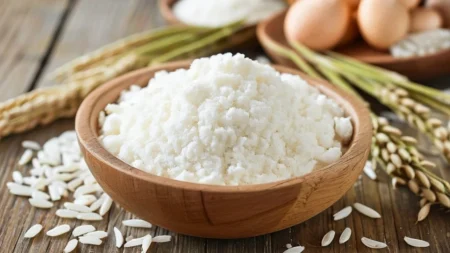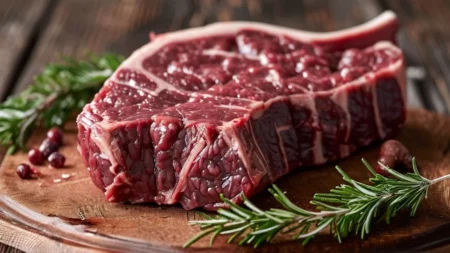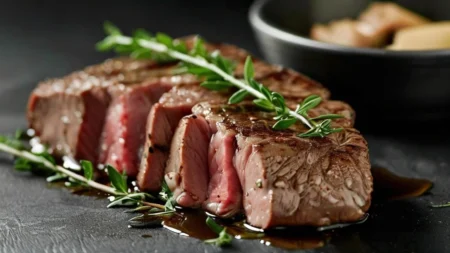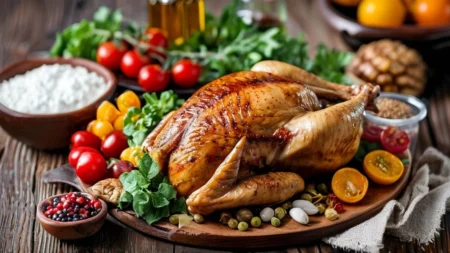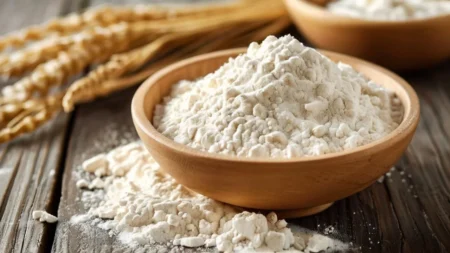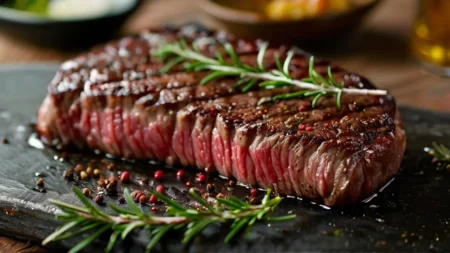Wild Game: A Nutrient-Dense and Sustainable Protein Source
Key Takeaways
- Wild game refers to the meat from animals that are hunted in their natural habitat, including deer, elk, bison, and wild birds.
- It is often considered healthier than conventionally raised meat due to lower fat content and higher levels of omega-3 fatty acids.
- Hunting wild game can be an environmentally sustainable choice, promoting wildlife conservation and habitat management.
- Wild game can be prepared in various ways, offering rich flavors and unique culinary experiences.
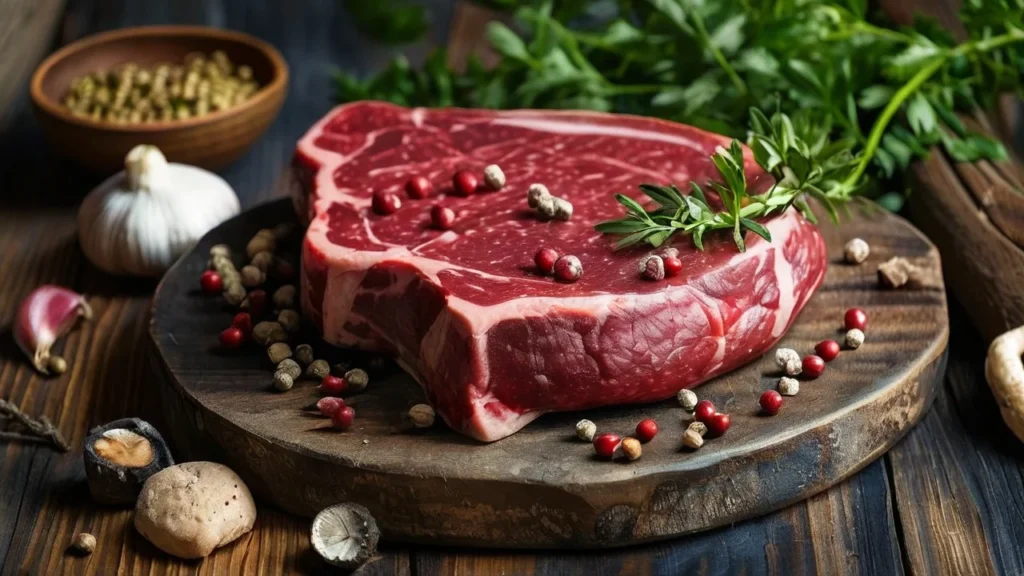
What is Wild Game?
Wild game refers to the meat sourced from animals that are hunted in the wild rather than raised on farms. This includes various species such as deer, elk, bison, wild boar, and a range of game birds. The practice of hunting wild game has a long history, often tied to cultural traditions and subsistence lifestyles.
Nutritional Profile of Wild Game
Wild game is recognized for its rich nutritional profile, offering a leaner alternative to domesticated meats. The exact nutritional content can vary significantly depending on the species and their diet.
Table 1: Nutritional Profile of Common Wild Game (per 100g)
| Game Type | Calories | Protein | Total Fat | Saturated Fat | Iron | Omega-3 Fatty Acids |
|---|---|---|---|---|---|---|
| Venison | 158 | 30 g | 3.5 g | 1.4 g | 2.9 mg | 0.2 g |
| Elk | 158 | 30 g | 3.0 g | 1.0 g | 3.2 mg | 0.2 g |
| Wild Boar | 185 | 28 g | 8.0 g | 2.9 g | 2.0 mg | 0.2 g |
| Bison | 143 | 28 g | 2.4 g | 1.0 g | 2.3 mg | 0.1 g |
| Duck | 337 | 19 g | 28.0 g | 9.5 g | 2.7 mg | 0.8 g |
Health Benefits of Wild Game
Lean Protein Source
Wild game is typically leaner than domestic meat, containing less fat and fewer calories. This makes it a suitable option for those seeking to maintain or lose weight while ensuring adequate protein intake.
Rich in Nutrients
Wild game is often higher in certain nutrients, such as iron and omega-3 fatty acids, which are essential for various bodily functions, including oxygen transport and heart health.
Sustainable and Ethical Choice
Hunting wild game can contribute to wildlife management and habitat conservation. Sustainable hunting practices help maintain animal populations and preserve ecosystems, making it an environmentally friendly protein source.
Culinary Uses of Wild Game
Cooking with wild game can add diversity and flavor to your meals. There are numerous ways to prepare and enjoy wild game, often influenced by cultural traditions.
List: Popular Wild Game Dishes
- Venison Stew: A hearty dish made with tender cuts of venison, vegetables, and aromatic herbs.
- Grilled Elk Burgers: Juicy elk patties seasoned and grilled to perfection, often served with fresh toppings.
- Wild Boar Ragu: A rich and flavorful sauce made with slow-cooked wild boar, tomatoes, and herbs, served over pasta.
- Duck Breast with Fruit Sauce: Pan-seared duck breast served with a tangy fruit sauce, such as cherry or orange.
- Bison Chili: A spicy and satisfying chili made with lean ground bison, beans, and a blend of spices.
Cooking Tips for Preparing Wild Game
When cooking wild game, it’s important to keep in mind its unique properties compared to domestic meats. Here are some tips for achieving the best results:
- Marinate for Flavor and Tenderness: Marinating wild game can enhance its flavor and help tenderize tougher cuts. Use acidic ingredients like vinegar or citrus juice, along with herbs and spices.
- Use Low and Slow Cooking Methods: Cooking wild game at lower temperatures for longer periods helps break down tough muscle fibers, resulting in tender meat. Techniques like braising or slow roasting work well.
- Monitor Cooking Times: Wild game tends to cook faster than domesticated meats due to its lower fat content. Use a meat thermometer to ensure proper doneness.
- Rest the Meat: Allow cooked wild game to rest before slicing. This helps retain juices and enhances flavor.
Wild Game vs. Domestic Meat
Understanding the differences between wild game and domesticated meats can help consumers make informed dietary choices.
Table 2: Comparison of Wild Game and Domestic Meat
| Type | Calories | Protein | Total Fat | Omega-3 Fatty Acids | Iron |
|---|---|---|---|---|---|
| Wild Game | Varies | Higher | Lower | Higher | Higher |
| Beef | 250 | 26 g | 20 g | 0.1 g | 2.6 mg |
| Pork | 242 | 25 g | 14 g | 0.1 g | 1.0 mg |
| Chicken | 239 | 31 g | 14 g | 0.1 g | 0.9 mg |
Environmental Impact of Wild Game Hunting
Hunting wild game has both positive and negative environmental impacts, depending on how it is managed. Sustainable hunting practices contribute to conservation efforts, while overhunting can lead to population decline and habitat destruction.
List: Positive Environmental Impacts of Sustainable Hunting
- Wildlife Management: Regulated hunting helps control animal populations, preventing overpopulation and habitat degradation.
- Conservation Funding: Many hunting licenses and fees contribute to wildlife conservation programs and habitat restoration efforts.
- Promotes Biodiversity: Sustainable hunting practices can help maintain diverse ecosystems by promoting healthy animal populations.
Conclusion
Wild game is a nutrient-dense and sustainable protein source that offers a unique culinary experience. With its leaner profile, rich flavor, and potential environmental benefits, incorporating wild game into your diet can be a healthy and responsible choice. By understanding how to properly prepare and cook wild game, individuals can enjoy its many benefits while contributing to wildlife conservation efforts.
FAQ
1. Is wild game safe to eat?
Yes, wild game is safe to eat when properly handled and cooked to the appropriate internal temperatures.
2. How can I ensure sustainable hunting practices?
Choose to hunt in regulated areas, follow local hunting laws, and participate in conservation efforts to support sustainable practices.
3. What are the best cooking methods for wild game?
Slow cooking, braising, grilling, and roasting are all effective methods for preparing wild game, ensuring tenderness and flavor.
4. Can I find wild game in grocery stores?
Wild game can sometimes be found in specialty meat markets or online retailers. Availability varies by region.
5. How does wild game compare to conventional meat in terms of taste?
Wild game typically has a richer, more robust flavor compared to conventional meats, which can vary depending on the animal’s diet and habitat.





